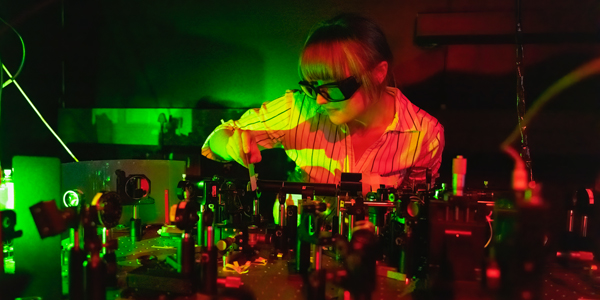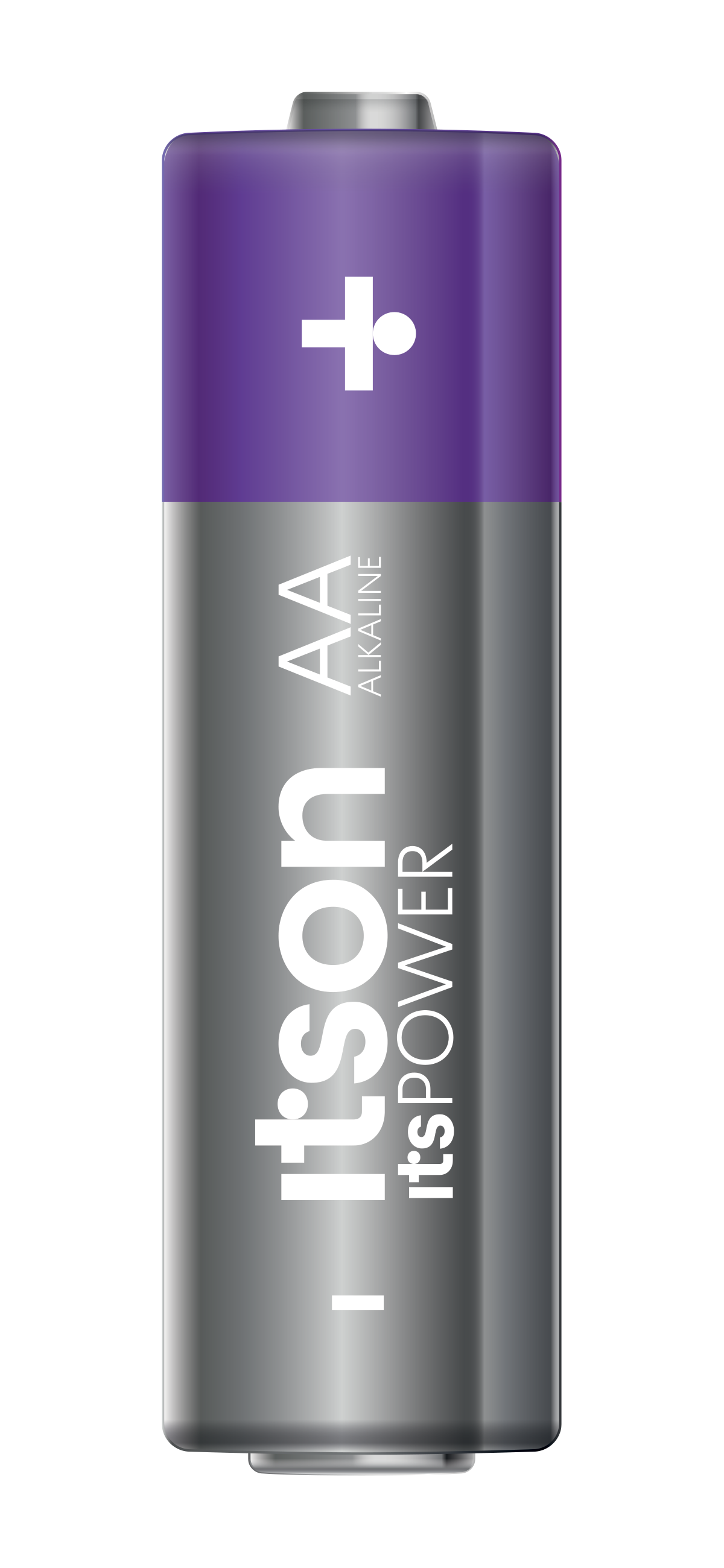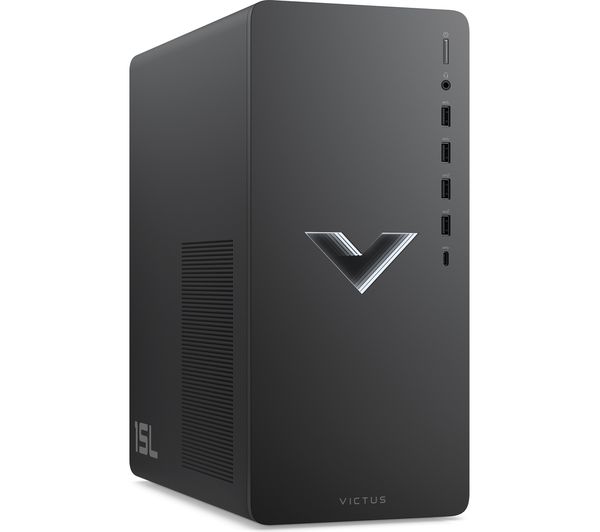 The energy ratings on 75 per cent of products are grossly exaggerated, according to printing and imaging company HP. Only around 50 of the 200 or so products tested by the government’s Business Enterprise Regulatory Reform team met their supposed claims, a HP spokeman told Absolute Gadget.
The energy ratings on 75 per cent of products are grossly exaggerated, according to printing and imaging company HP. Only around 50 of the 200 or so products tested by the government’s Business Enterprise Regulatory Reform team met their supposed claims, a HP spokeman told Absolute Gadget.
“We were at BERR yesterday, which is the old DTI, now called Business Enterprise Regulatory Reform. We were there for a meeting about EUP, a new European directive on Energy Using Products,” explained Bruno Zago, HP’s environment manager for UK and Ireland.
“BERR has started to look at some of the claims made by manufacturers and none of it was in the IT sector, so it was washing machines, fridges, stuff that you have the energy label on at the moment,” he continued.
“I think they’d tested something like 200-plus products, of which most of them I admit were lamps or bulbs or CFLs and what BERR found was that only 25 per cent of the tested products met the claims that they were making. It’s not about being totally out of scope in claiming that the luminescence of this bulb is 300 and actually you’re only getting 280. What BERR was saying is that there was a huge discrepancy.”
“Isn’t one of the issues that there isn’t standardised labelling of electronic goods so there isn’t this level playing field?” asked Laura Seymore, HP’s head of enterprise marketing in the UK.
“There isn’t,” Zago responded. “Currently with the A to G label we’ve reached the point where most products are A and we’ve had to go to A+ and A++. So there’s a lot of debate around how you take labelling forward and there is a Labelling Framework Directive as well.
“ICT products for now aren’t going to be covered by labelling but as they go forward they’ve started to do some market analysis and come up with this A -20. That’s supposed to be 20 per cent better than A. They’ve shown it to people and most people say it’s got a minus next to it, it must be 20 per cent less.”
David Metcalfe, head of analyst firm Verdantix, said that everyone is struggling with labelling and the retail sector is trying to lead the way.
“Verdantix did a case study on M&S, where it trialled an air freight label on about 30 products,” he explained.
“The label had an image of a plane on and it was pretty obvious that it had been flown in from somewhere. And in the public domain there was zero impact on sales. So people effectively didn’t care at all.”





















